Are Zinnias Perennials? How To Grow Beautiful Zinnias
With their bright colors and graceful blooms, zinnias have captured the hearts of gardeners for generations. But whether you’re a seasoned pro or just starting out, you may find yourself wondering about these attractive flowers. Are zinnias perennials, destined to grace your garden year after year, or are they annual plants that require replanting each season?
In this post, we will explore the world of zinnias, providing all the information you need to grow these beautiful flowers successfully. From their lifecycle and preferred growing conditions to helpful tips and techniques, we’ll help you grow a flourishing zinnia garden of your own.
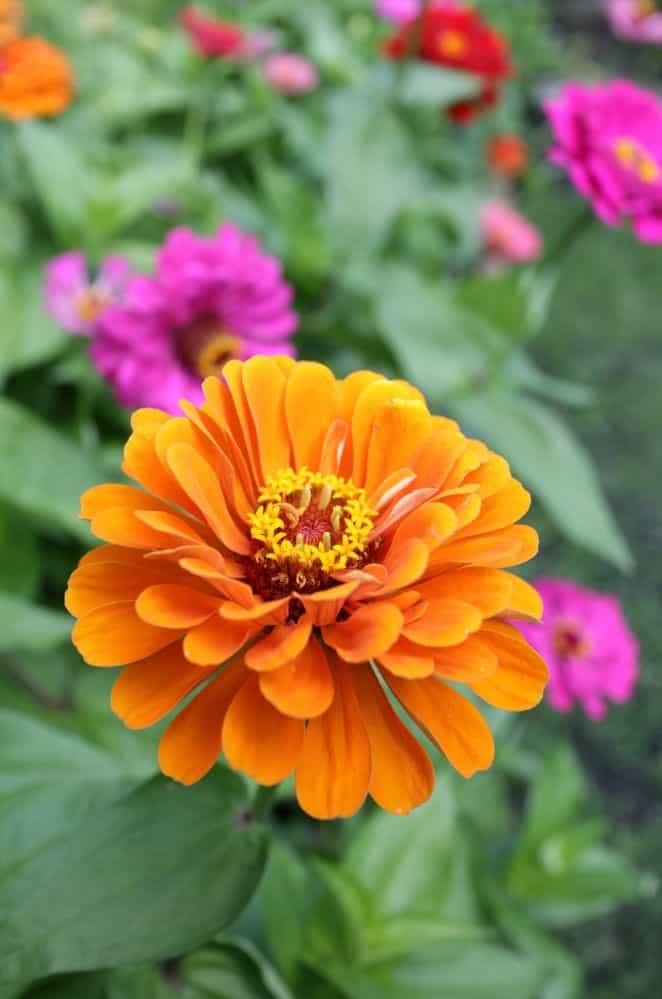
Are Zinnias Perennials?
First, let’s address the question that often perplexes gardening enthusiasts: Are zinnias perennials? The answer is both yes and no. While zinnias are typically grown as annuals, meaning they complete their life cycle within one growing season, there are some perennial varieties available as well. Perennial zinnias can survive through multiple growing seasons, delighting you with their colorful presence year after year. However, it’s important to note that perennial zinnias are less common and may require specific conditions and care to thrive. For example, zinnias may act as perennial plants in hot weather, such as zone 9 through 11, And for zones 2-5, they may not reproduce the following year.
What Types of Zinnias are Perennials?
While zinnias are primarily grown as annuals, a few perennial varieties exist. Perennial zinnias are native to the Southwestern United States and Northern Mexico. These perennial zinnias are sometimes called Rocky Mountain zinnia, desert zinnia, or wild zinnia. A few notable perennial zinnia varieties include Zinnia Grandiflora, Zinnia Angustfolia, and Zinnia Haageana.
It’s worth noting that while perennial zinnias can survive for multiple growing seasons, they may produce fewer blooms than their annual counterparts. Additionally, perennial zinnias often require specific growing conditions, such as well-drained soil and full sun, to thrive.
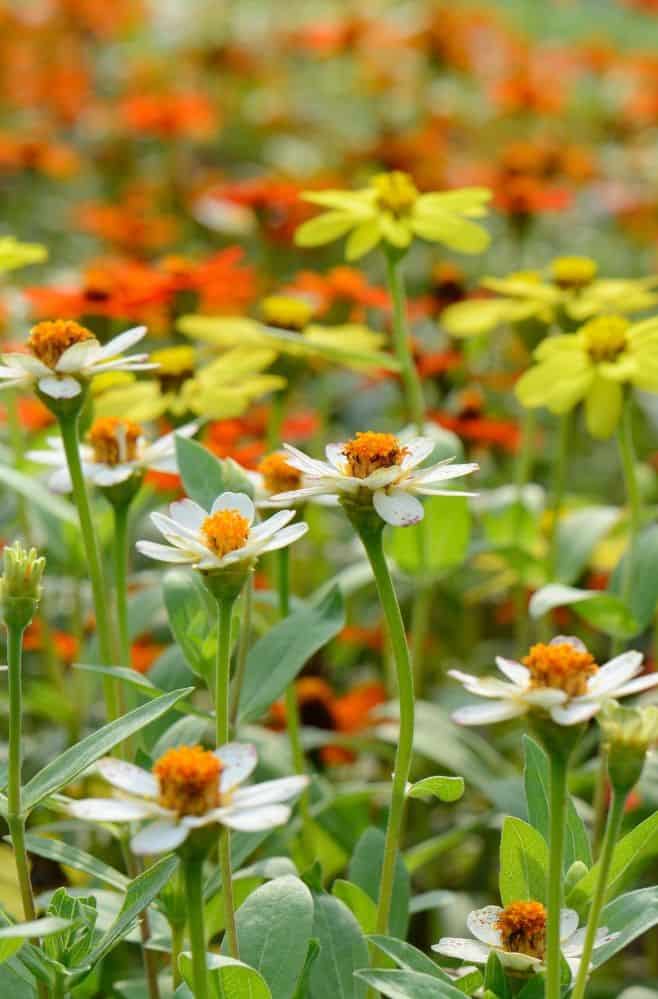
Common Types of Zinnia Plants
Zinnias come in a wide variety of shapes, sizes, and colors, offering many options for gardeners to choose from. There are about 17 different species of annual and perennial zinnias.
The most popular and well-known varieties of zinnias is Zinnia Elegans, also known as the common zinnia. Other common types of zinnias include:
- Zinnia Angustifolia
- Zinnia Haageana (or Mexican zinnias)
- Zinnia Marylandica (a hybrid cross between Zinni Angustifolia and Zinnia Elegans)
- Zinnia Peruviana (or narrow leaf zinnias)
- Zinnia Tenuifolia (commonly referred to as a “cut and come again” zinnia)
These are just a few examples of the many zinnia varieties available. Each type offers its own unique charm and beauty, allowing you to create displays of color and texture in your garden beds. When selecting zinnias, consider factors such as the desired height, flower size, color palette, and growing conditions to choose the varieties that best suit your preferences and the characteristics of your garden.
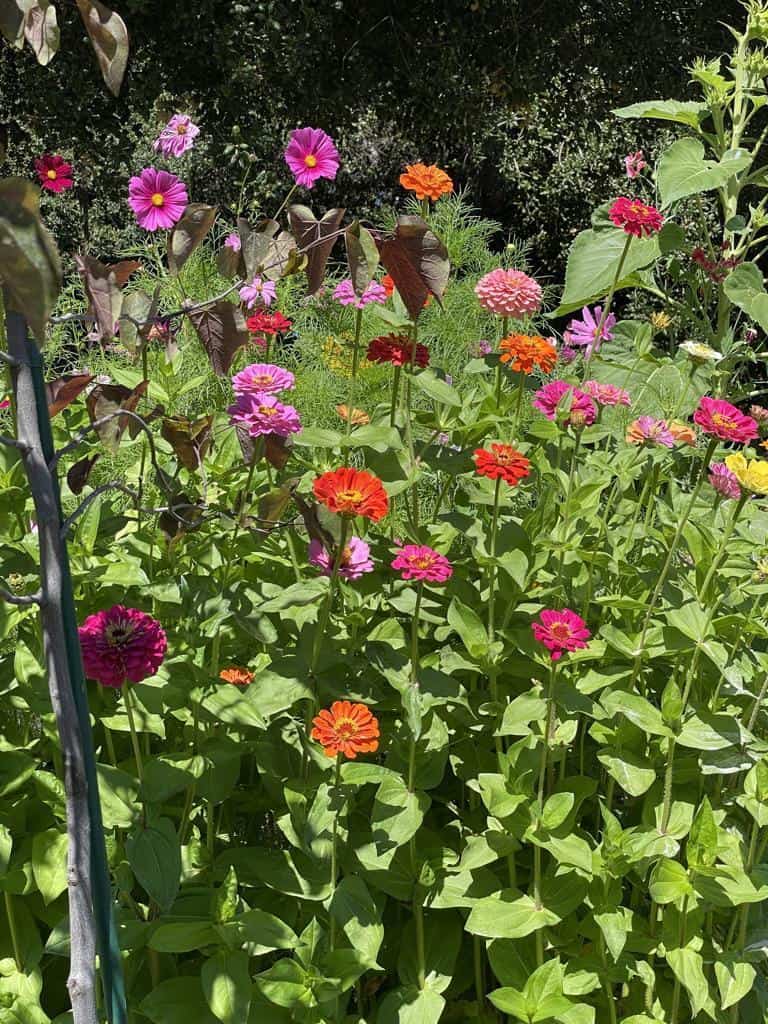
On my blog WM Design House, I may sometimes use affiliate links, which means a small commission is earned if you purchase via the link. The price will be the same whether you use the affiliate link or go directly to the vendor’s website using a non-affiliate link.
What Color Are Zinnias?
You can find zinnia flowers in a wide range of colors, including shades of orange, pink, purple, red, white, and yellow – almost every color of the rainbow! That’s one of the reasons zinnias are so versatile and can easily be worked into any summer garden. You can also find bi- and tri-color zinnias for even more variety. The sizes of the zinnias vary significantly by type. For example, some tall varieties grow up to 4 feet and 2 feet wide, while dwarf varieties may only grow 6 to 12 inches tall and wide. Use tall zinnias in cut flower beds as a back border or dwarf varieties as a front border or in containers.
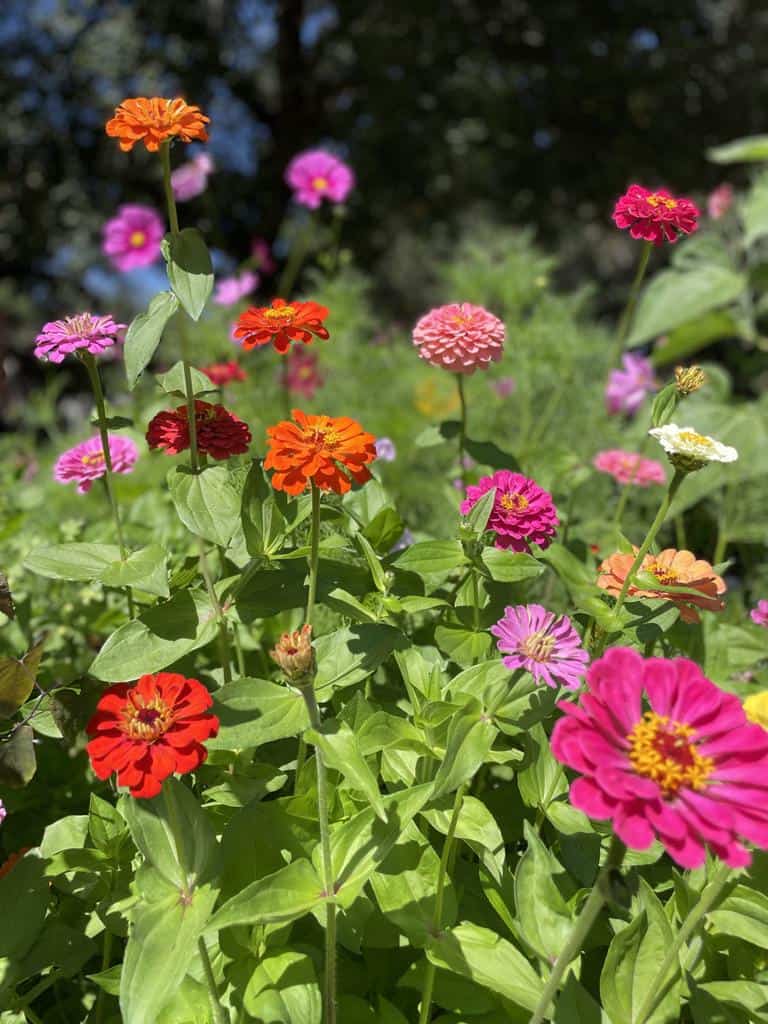
Sources to Buy Zinnia Seeds
You can purchase seeds from several sources to start your zinnia garden with new plants. Start with your local garden center, which will offer a range of zinnia varieties suitable for your region, and the staff can provide valuable advice and recommendations. You can also harvest your own seeds each year.
If you want to explore a wider variety of options, many online retailers specialize in selling seeds, or you can shop and order from a seed catalog. You may find it helpful to read customer reviews and ratings to ensure a positive buying experience. I happen to buy from several online sources. You can download my free printable with the list of seeds and sources HERE. The password is WMFREE.
Another option is to look into a local seed exchange or swap. These events not only allow you to expand your collection but also connect you with other local gardeners.
Sowing Seeds Indoors
Zinnias are best started from seed. They can be started indoors or sown directly into the soil outdoors. When starting seeds indoors, use peat pots or other containers so as not to disturb the roots when transplanting.
Plant seeds ¼ inch deep in moist soil. Space seeds about 6 inches apart, with rows at least 12 inches apart, or follow spacing guidelines on the seed packet. This will provide plenty of room to grow and allow good air circulation.
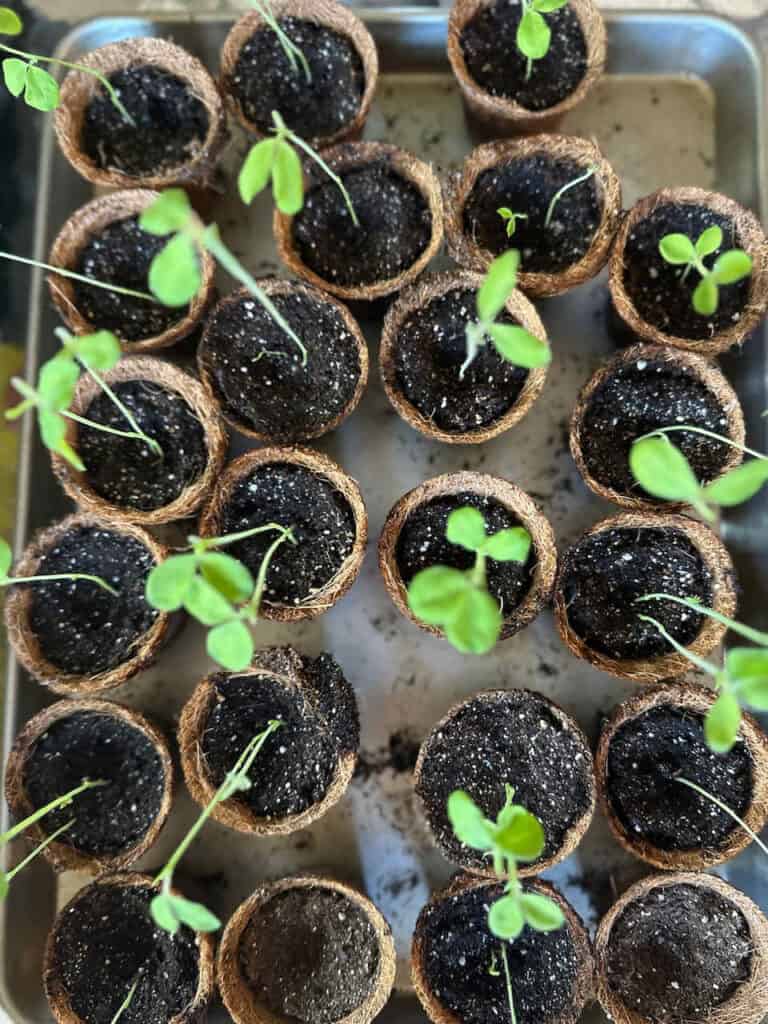
When is the Best Time to Plant Zinnias?
Zinnias do not tolerate frost, so wait to transplant zinnia seedlings or sow outdoors once the danger of frost has past. The temperature at night should be a minimum of 50 degrees Fahrenheit. Plant in a sunny spot and provide plenty of water, and seedlings should emerge in 4 to 7 days. You will see blooms on your zinnia plant in 6 to 8 weeks.
Where do Zinnias Grow Best?
Zinnias can be grown in all zones in the appropriate season. However, they grow best in full sun, so plant them in an area with at least 6 hours of sunlight daily.
I have planted mine in a raised bed and directly sowed seeds in the ground. When planting in a raised bed, I mix potting soil with chicken manure and worm castings. This mixture produces very healthy plants. Zinnias aren’t too picky about their soil, but ideal conditions are fertile and well-draining soil with plenty of organic material.
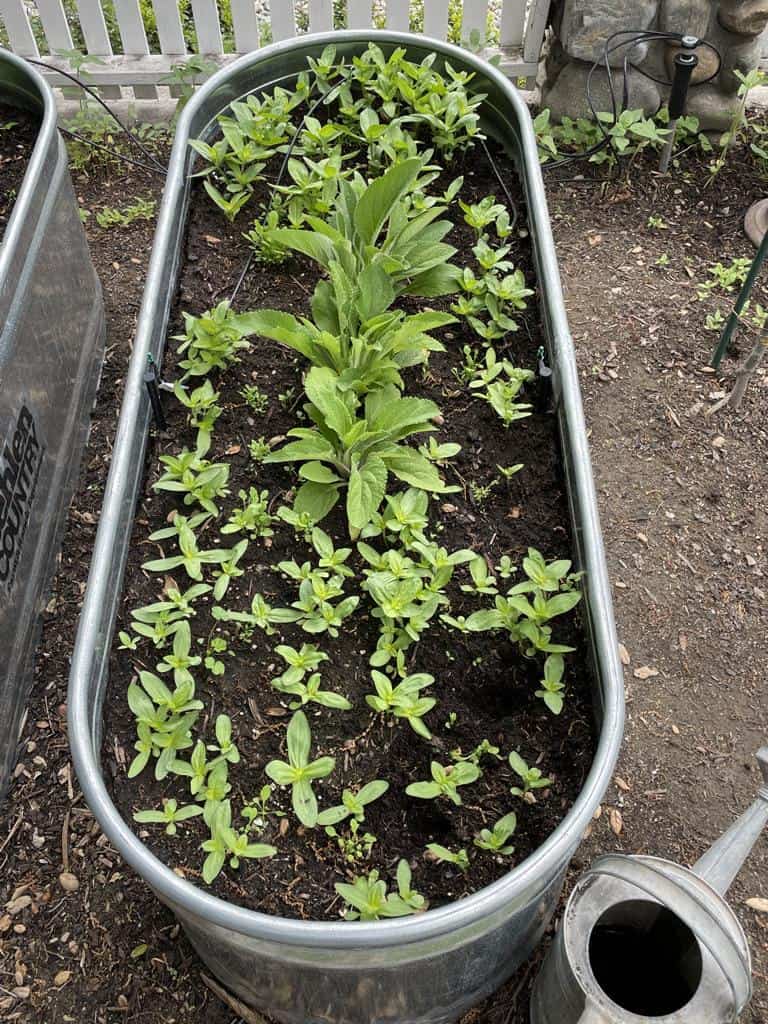
How to Keep Zinnias Blooming Longer
Zinnias grow quickly and can begin to bloom as early as late spring. Blooms may slow down at the peak of summer due to the heat but will continue through fall until the first frost. To keep zinnias blooming longer, follow these tips:
- Make sure they receive regular watering.
- Deadhead zinnias often (see “how to deadhead zinnias” below).
- Practice succession plantings. Plant new seeds every 2 to 3 weeks for continuous blooms.
- Try growing zinnias indoors in the winter. Find a spot near a sunny window, or you can ever keep them under grow lights.
- Save zinnia seeds from your flowers to grow more annual flowers next year.
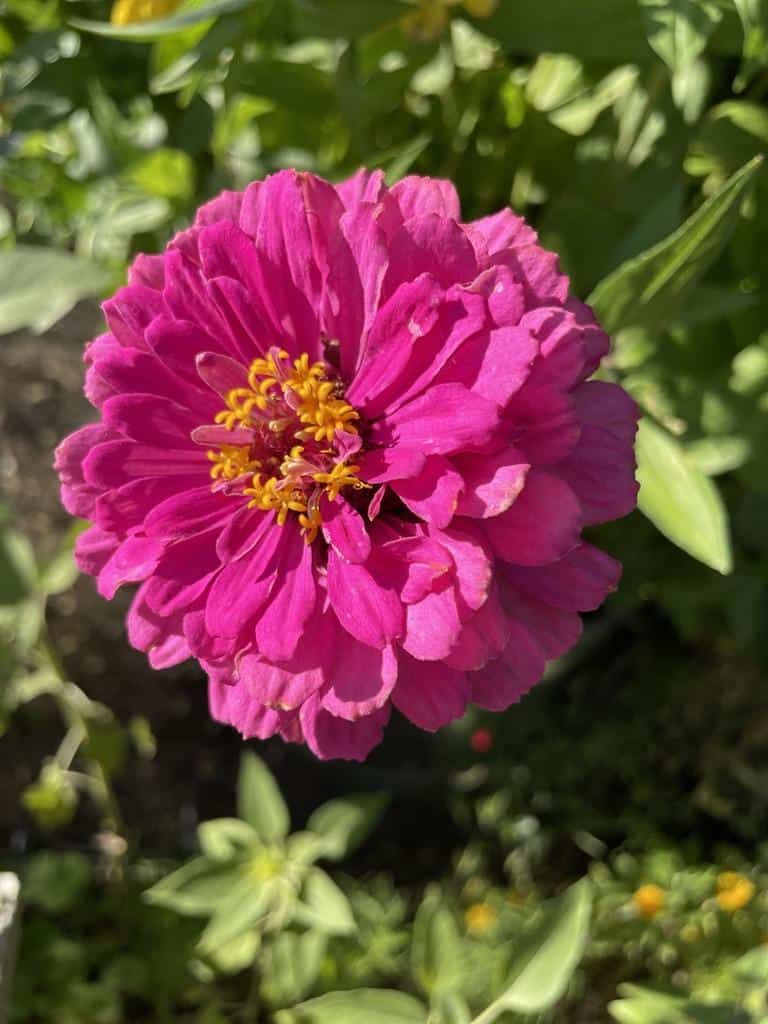
How to Deadhead Zinnias
Deadheading zinnias is a simple yet effective technique that promotes continuous blooming and keeps your zinnia plants looking tidy and healthy. Here’s a step-by-step guide on how to deadhead zinnias:
- Wait until the zinnia flowers have faded or begun to wilt before deadheading. This usually occurs a few days after the flowers have fully bloomed.
- Get a pair of clean, sharp pruning shears or scissors. It’s important to use sterilized tools to minimize the risk of spreading diseases or infections to the plants.
- Look for flowers that have lost their vibrant color, developed browning petals, or started to wither. These are the ones you want to remove.
- Follow the flower stem down until you reach a set of leaves or a lateral branch junction. This is where you will make the cut.
- Position your pruning shears just above the leaf or lateral branch junction and snip off the spent flower stem. Ensure you cut cleanly and avoid damaging any new buds or healthy foliage.
- Collect the cut flowers and discard them in a compost bin or dispose of them in a way that prevents the spread of fungal diseases or pests.
- Deadheading zinnias should be done regularly throughout the growing season, especially when you notice faded or spent blooms. Removing these old flowers encourages the plant to redirect its energy into producing new blooms.
Best Tips for Growing Zinnias
Zinnias are among the easiest flowers to grow. With that said, in addition to the blooming tips already shared, you can do a few more things to ensure success and keep new flowers blooming.
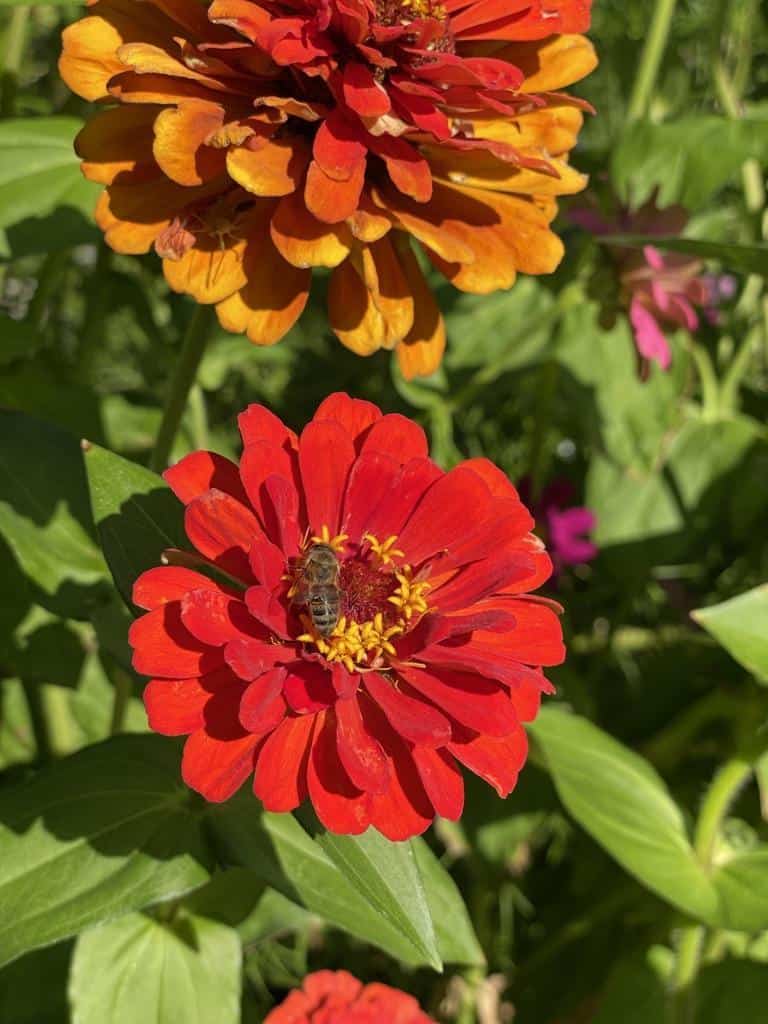
Fertilizing and Mulching
As a low-maintenance plant, zinnias are a great addition to any garden. However, to get the best blooms possible, it’s important to offer regular nourishment. A monthly fertilization during the blooming season with a fertilizer that contains higher levels of phosphorus will do the trick. Trust us, your zinnias will thank you.
Once zinnias are established, consider adding mulch on top of your soil. Mulch can help retain moisture and keep weeds from growing. Mulch will also break down throughout the season to form compost and provide additional nutrients to your plants.
Watering
Zinnias grow best in consistently moist soil, so be sure to water regularly, about 1 inch per week. Water at the base of the plant to keep foliage dry, which will help prevent diseases and keep your plant healthy.
Propagation
The zinnia flower seeds are easy to save. First, let the flowers dry entirely (on the stem), then remove them by lightly crushing the dried seed head. Store them in a cool, dry place, and they will be ready to use for planting next spring.
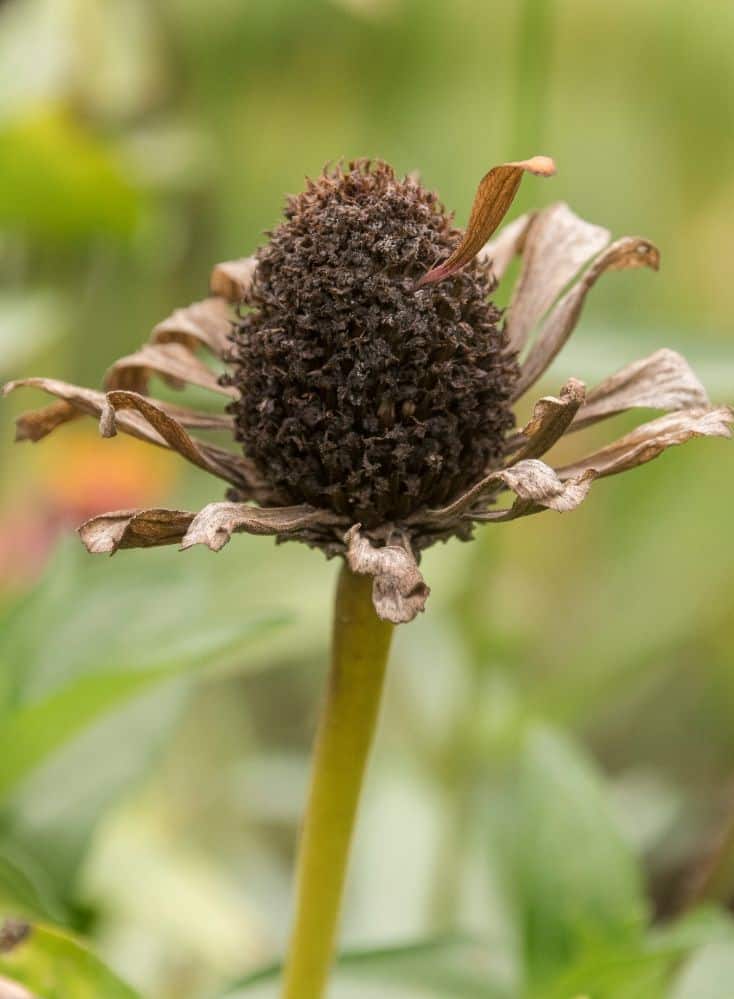
Diseases and Pests
There are a few diseases and pests that you may encounter when growing zinnias.
You may encounter spots, wilt from bacteria, fungi, or powdery mildew. You can prevent these diseases with proper spacing for good airflow and by keeping foliage dry.
If you find caterpillars on your zinnias, remove them by hand. Other common pests include mealybugs and spider mites, which you can spray with insecticidal soap.
Bring Zinnias Indoors
Take full advantage of your gorgeous zinnias and bring them indoors to enjoy.
Their long, strong stems make them perfect for cut flower arrangements. Cut the stems at an angle above a bud joint and remove lower leaves and foliage before placing them in water.
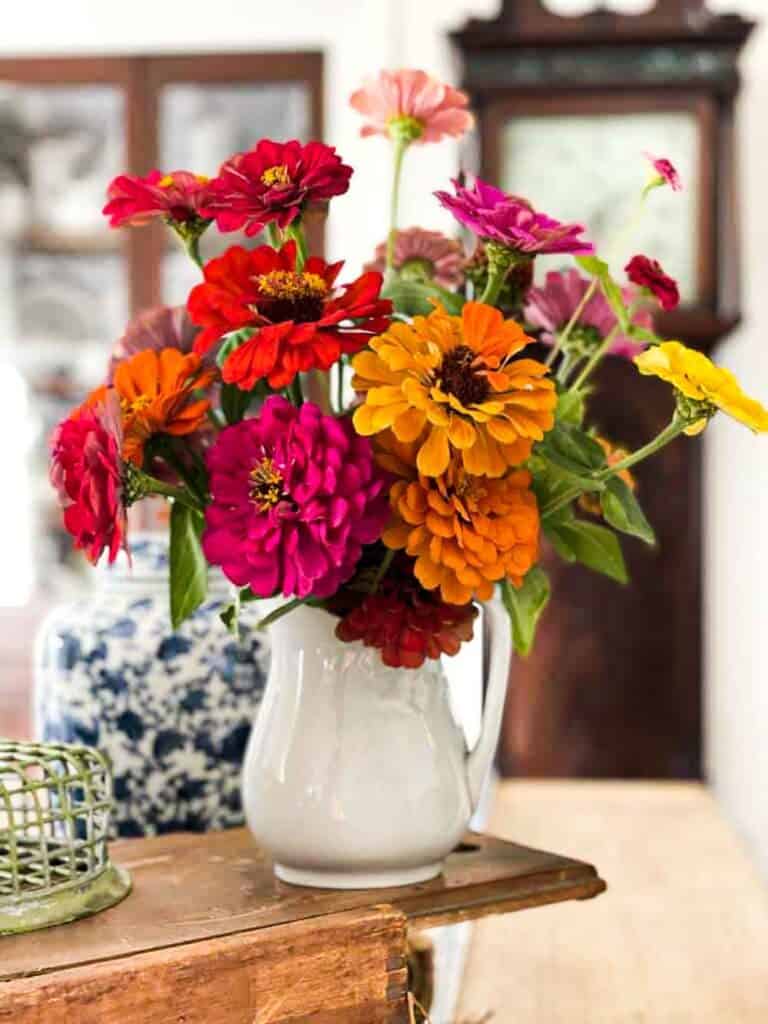
Use a mixture of varying colors of zinnias to create a beautiful bouquet that truly embodies summer. The bright, cheery blooms pop against a classic white pitcher used as a vase.
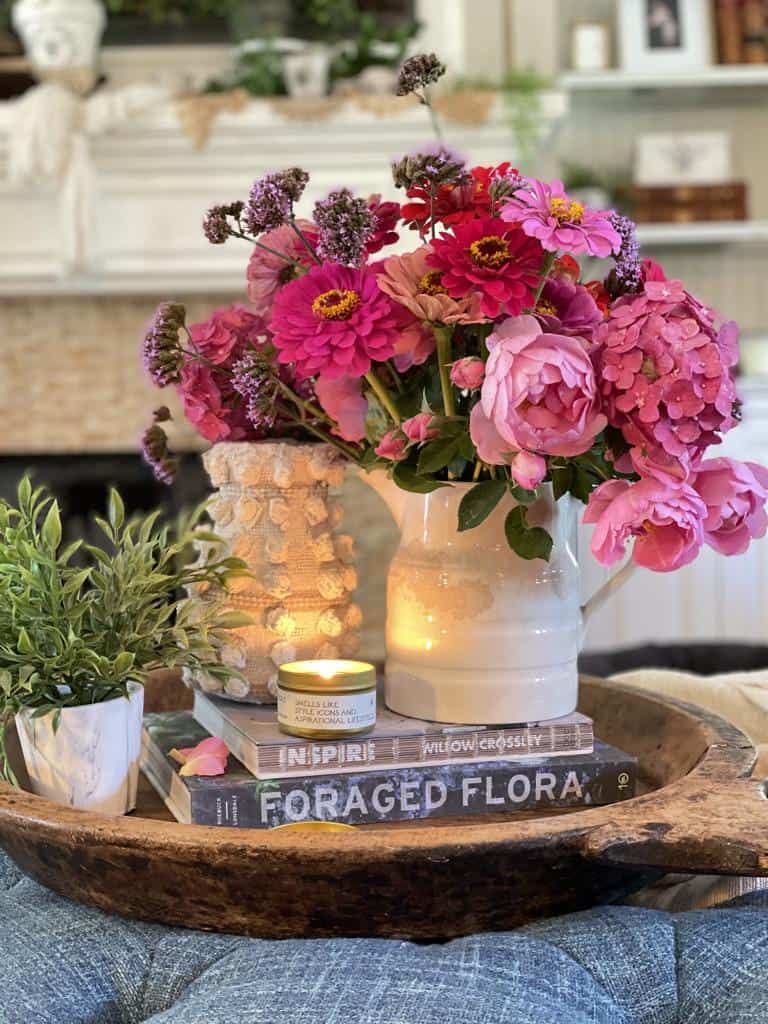
Or pair your zinnias with other warm-weather blooms like hydrangeas and peonies to create a unique summer bouquet. I love the varying shades of pink and purple in this beautiful arrangement. Finally, add individual elements like antique books and a wooden tray for a picture-perfect style to brighten your home.
Did you like this post? Check out these related posts:
Everything You Need to Know About Growing Hydrangeas
Preparing to Plant a Cut Flower Garden
35 Best zone 10A Perennials for Full Sun
Shop my favorite garden items


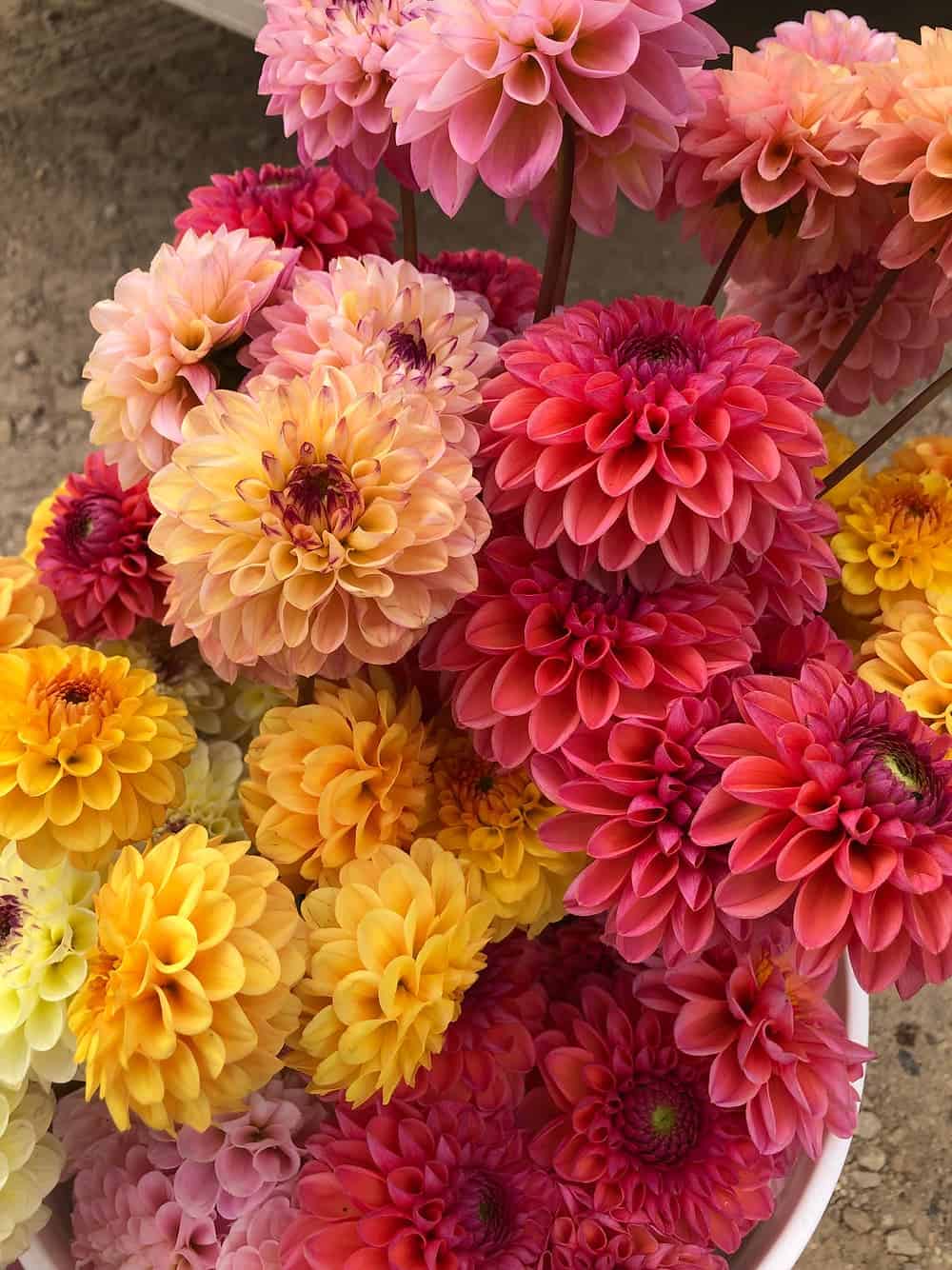
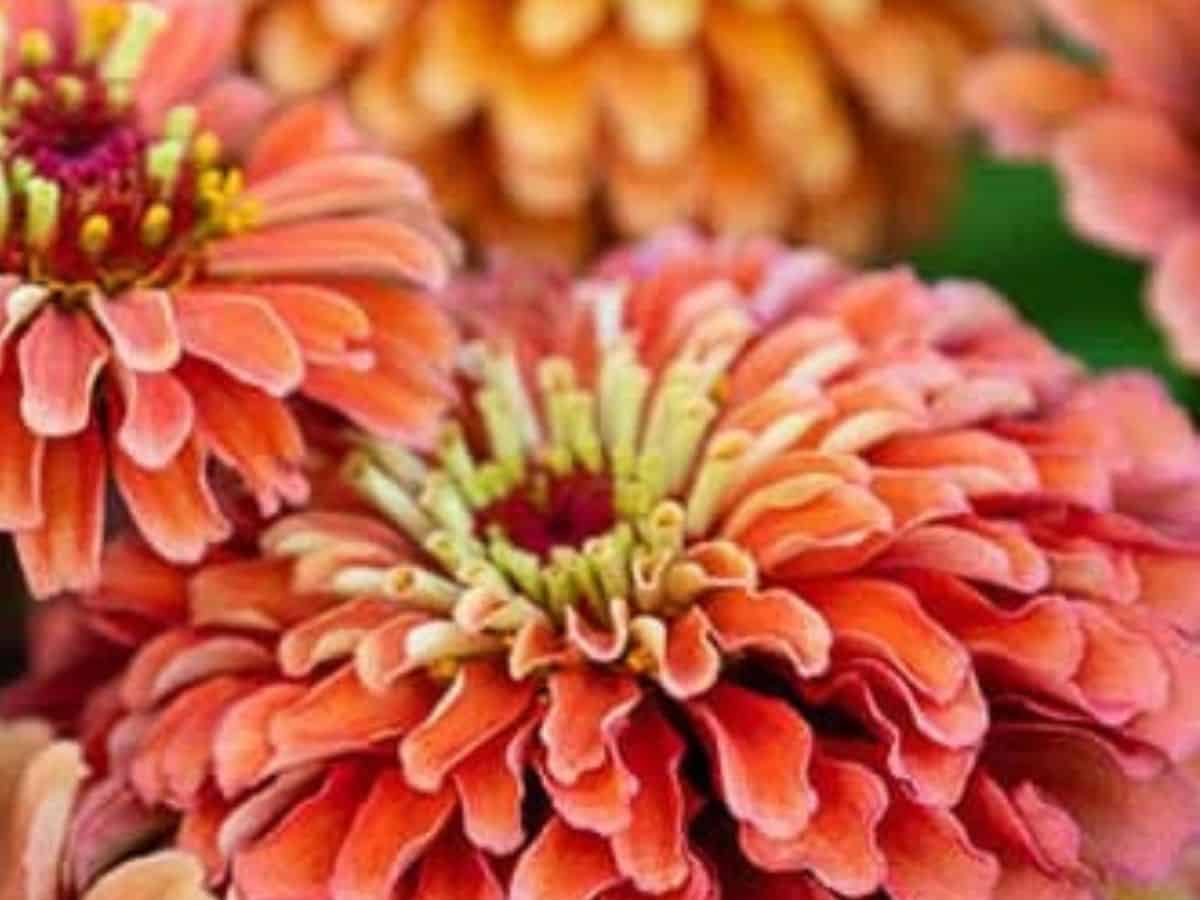
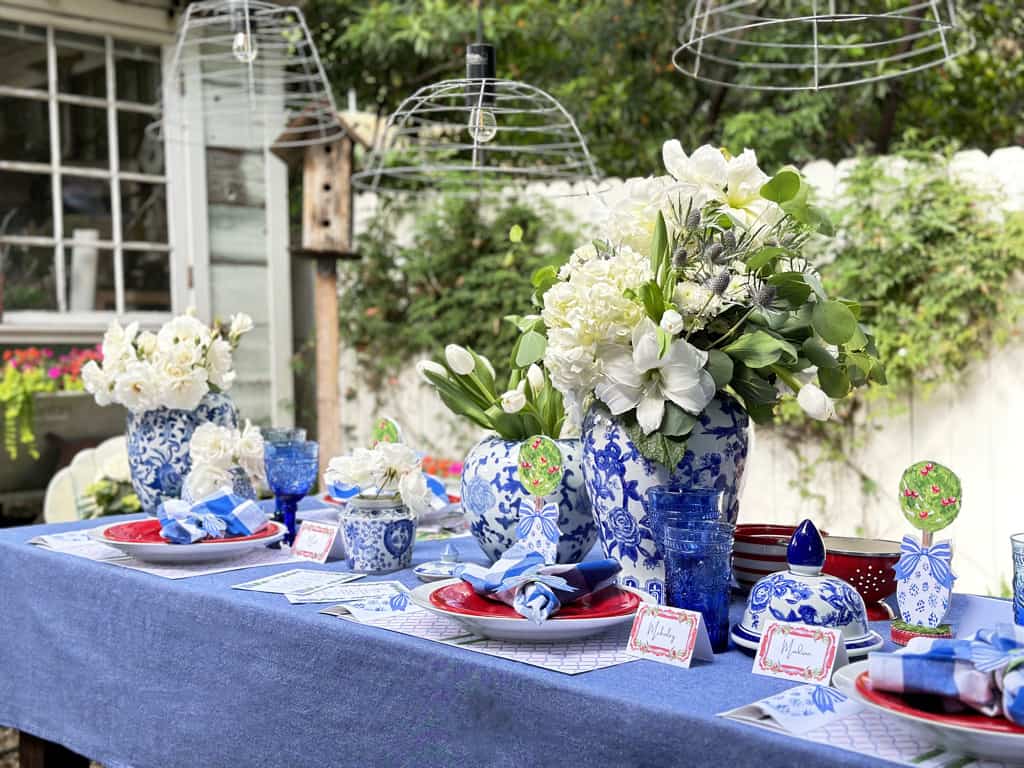
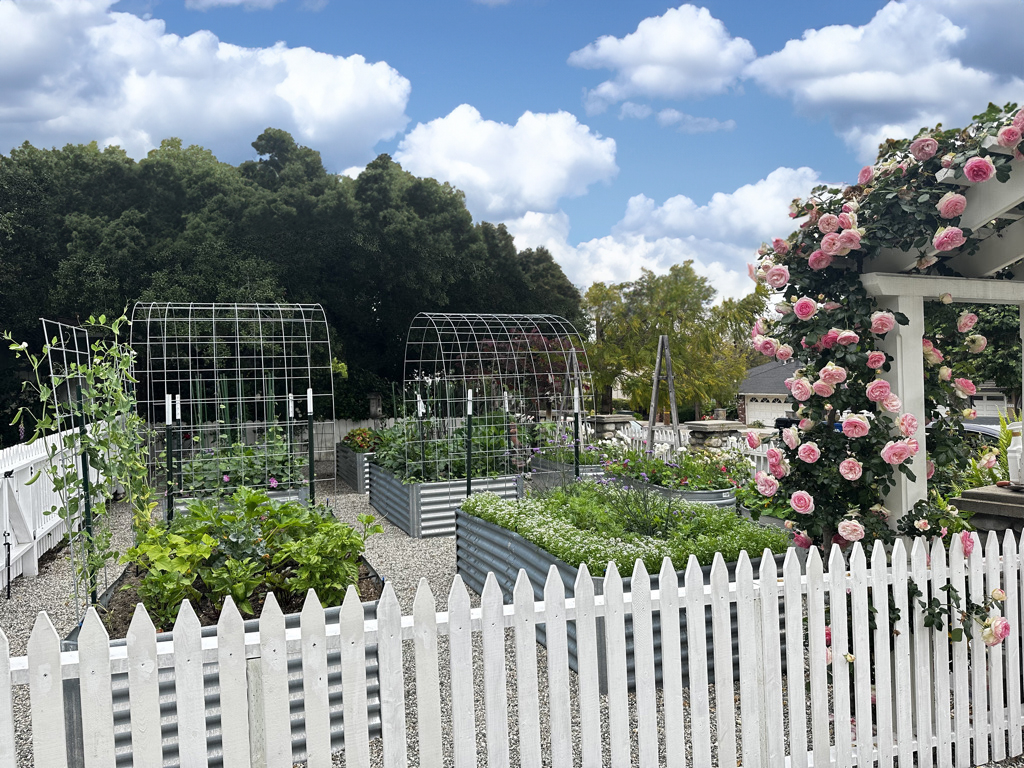

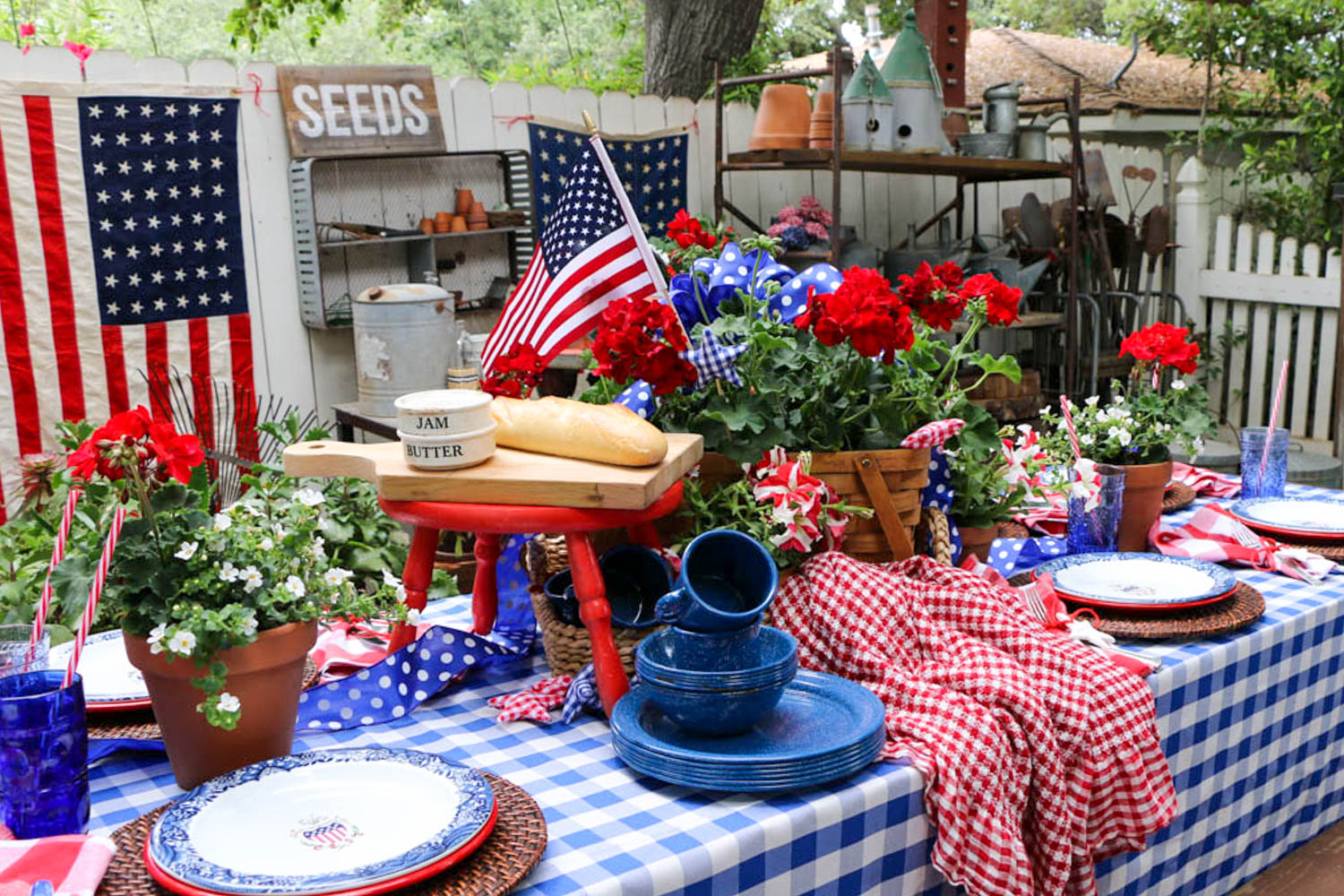
Great tips. I look forward to growing them next year.
you will love growing them, they are easy and will bloom for weeks.
You know I love all these fabulous zinnia colors! Zinnias are a flower that I have had success with…they love the Nebraska sun! Thanks for all of the great information. (I might try to sow from seed next year!)
Check out my shopping list of zinnia seeds. It is in my printable library. I list the seed names and the source which I bought them form.
I didn’t know there was a perennial type of zinnia! Your garden is looking fantastic. I’m going to have to look into growing these colorful beauties.
Wendy,
I love Zinnias, and appreciate all these great tips.
Thank you, Rachel.
I am beginning to think you are trying to make a gardener out of me yet Wendy. I would be a beginner and need an easy one so thank you for sharing.
I’m trying! Seriously anyone can grow Zinnias. They are so easy to care for. Just plop those seeds in the ground and water them.
Thats all you have to do is water them, I promise. LOL
I love Zinnias and they are easy to grow. The colors are gorgeous!
Thank you, Cindy. They are so easy to grow.
Such great information. I definitely need to start growing them.
Wend, I agree they are easy to grow and so beautiful. I grew them for the first time last year and loved them! This year I decided to grow a meadow and it is fun watching the flowers come up especially as I am not sure what flowers were in the seed mix.
I can’t wait to see your meadow of flowers.
Yes I agree these are a great flower to start with! I love their bright colors
Thank you Nicolle, they truly are so easy to grow.